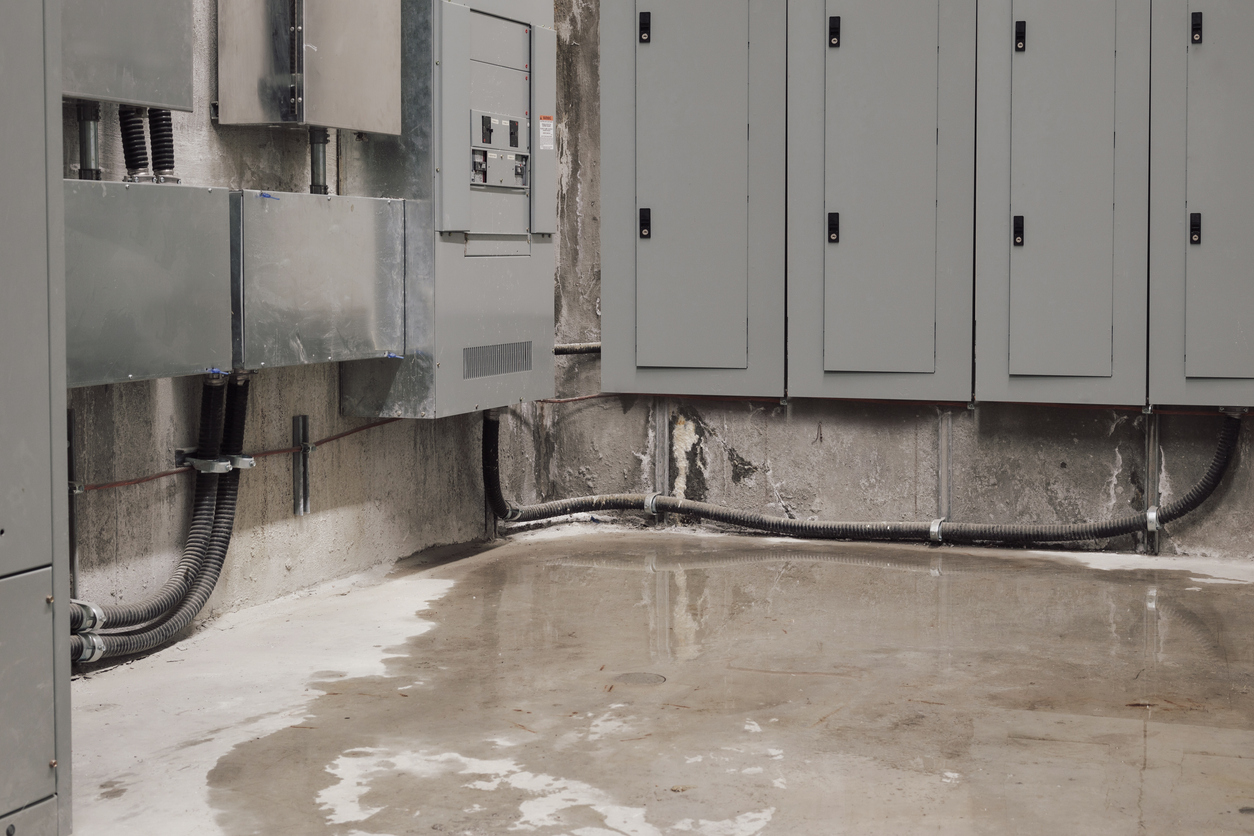Quick question—what insurance defense law firm did I leave in 1985?
A recent blog, Litigating Tile Roof Claims, explains the view regarding roof litigation following Hurricane Ian from the insurance company view. The blog starts off with the typical default argument: there is no damage, and all the roof claims are fraudulent. It then notes law that arguably allows salvaged and boneyard tiles to be used:
Another argument is that discontinued tiles are not suitable for spot repairs on existing roofs. The Florida Building Code and Florida Statues indicated otherwise. Section 1511.5 of the 2020 Florida Building Code states:
Existing or salvaged slate, clay or concrete tile shall be permitted for reinstallation or reuse, to repair an existing slate or tile roof, except that salvaged slate or tile shall be of like kind in both material and profile. Damaged, cracked or broken slate or tile shall not be reinstalled.
Furthermore, Florida Statute § 553.8425(7), which deals with local product approval, provides:
Approval shall be valid until such time as the product changes and decreases in performance; the standards of the code change, requiring increased performance; or the approval is otherwise suspended or revoked. Changes to the code do not void the approval of products previously installed in existing buildings if such products met building code requirements at the time the product was installed.
Accordingly, discontinued tiles do not need a current NOA or other current product approval if the proposed spot repair is otherwise code compliant.
It then noted the new law, which arguably discontinued the 25% rule:
As code coverage is particularly relevant for tile roof claims, we will also address the impact of new Florida Statute § 553.844(5), which reads as follows:
(5) Notwithstanding any provision in the Florida Building Code to the contrary, if an existing roofing system or roof section was built, repaired, or replaced in compliance with the requirements of the 2007 Florida Building Code, or any subsequent editions of the Florida Building Code, and 25 percent or more of such roofing system or roof section is being repaired, replaced, or recovered, only the repaired, replaced, or recovered portion is required to be constructed in accordance with the Florida Building Code in effect, as applicable. The Florida Building Commission shall adopt this exception by rule and incorporate it in the Florida Building Code. Notwithstanding s. 553.73(4), a local government may not adopt by ordinance an administrative or technical amendment to this exception.
This provision arguably eliminates the often-cited “25 percent rule” for roofs built in compliance with the 2007 Florida Building Code.
The answer to the question is Butler, Burnette, Wood and Freemon, which I noted in
Butler Pappas–A Familiar Foe.
Thought For The Day
The sky’s the limit if you have a roof over your head.
Sol Hurok



